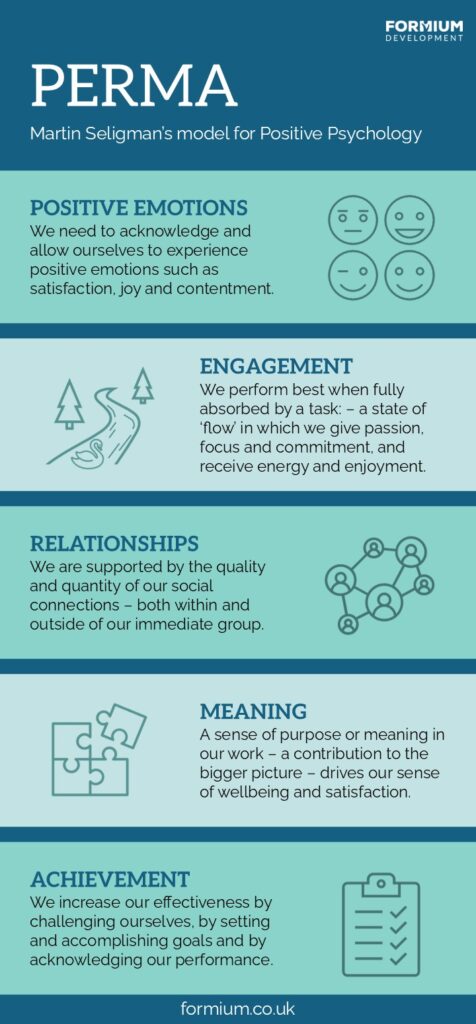There’s a cactus near my desk that is doing okay. It’s alive, it’s green, it’s growing – but very, very, slowly. And this year there were only a few pink flowers on one globe, when in previous years there was a full ring of blooms on all of the globes.
In short, it’s surviving. I’ve given it enough light and water to keep going. And the flowers I got were very pretty.
But I’m not helping the cactus to thrive.
Maybe it wants some fertiliser, or better positioning, or I need to really pay attention to the watering requirements – instead of just letting it carry on.
And much of leadership and management thinking is similarly focused on sufficiency – on the tasks and activities to ensure performance meets targets, on making sure people have what they need to perform.
But instead, we should be looking at how we, as leaders and managers, can add the extra so that we thrive and flourish – and help our teams to grow and develop as well.
Instead of the ordinary, we should be aiming for the extraordinary.
And that’s why I focus on the ideas of positive management, such as Martin Seligman’s PERMA model. Seligman is sometimes referred to as the godfather of ‘positive psychology’ owing to his ground-breaking focus on what helps people be emotionally and mentally healthy. It’s a testament to his thinking that many of his ideas have permeated mainstream management practices.
Researchers have found clear correlations between adopting these positive management practices, and increased team productivity, morale and performance.
So have a look at the model and then we’ll explore how you could apply these principles to help your team members achieve greater satisfaction and success.

Positive Emotion
- Say ‘thank you’. Express your gratitude for your team members’ actions. It’s a little thing, but it really helps to build a respectful team spirit.
- Celebrate small wins. In team meetings and one-to-ones, acknowledge individual and team successes. They don’t have to be important, just an indication of progress.
- Praise effort. Make sure you also highlight those occasions where a team member has invested a lot of effort and expertise, even if the end result isn’t a conventional success.
Engagement
- Identify and harness strengths. The idea of ‘flow’ is closely associated with using strengths – those activities which you are good at, which you enjoy, and which energise you. Use an online strengths assessment such as VIA and then try to allocate work that aligns with people’s strengths.
- Use healthy competition. Challenges and informal contests can help people focus and engage.
Relationships
- Create social contact time. Build in opportunities for informal conversation. For example, schedule a break in your meetings and don’t let people go back to work or dive into their phones. Include a non-work activity in your team meeting. Hold a team lunch.
- Assign buddies or mentors. Link your people together to support each other or to share their knowledge.
- Solve problems together. Wherever possible, role model the behaviour of collaborating with team members to solve problems together, rather than operating individually.
Meaning
- Map your purpose. Work with the individuals and the team as a whole to identify their own sense of purpose, to consider how their tasks and responsibilities contribute to the bigger picture, and support the organisation’s ultimate goals.
- Tell a story. Ask team members to share impactful work experiences or moments that inspired them.
Achievement
- Set objectives that are achievable and meaningful. It’s not enough to set and monitor goals, you need to make sure they are relevant and important.
- Appreciate progress. Sometimes, the effort doesn’t produce the intended results. But it’s important that you acknowledge the input, otherwise you encourage people to always play it safe.
- Offer pathways to growth. Help people to achieve by providing a range of development interventions – training, mentoring, and private study time.




